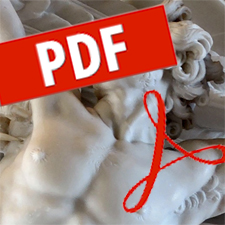Description
By JAN TODD
Australia was a latecomer to industrialisation, dependent on the importation of ‘foreign’ technology to help ‘catch up’. While such a strategy can lead to entrenched structural dependence, a dynamic variant of product cycle theory suggests that windows of opportunity for genuine catching up are created at times of transition to new technological systems or paradigms. Such conditions arose in Australia in the 1920s with the emerging shift from natural to synthetic materials. By studying the subsequent development of a local synthetic resin industry, this article highlights the way technology transfer processes can affect market structure and behaviour, and the cumulative effect of the resulting industrial weaknesses.
page: 309 – 327
Prometheus: Critical Studies in Innovation
Volume 15, Issue 3
SKU: 0810-90288632078
